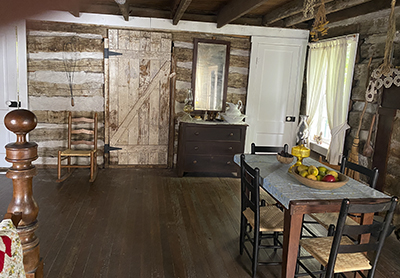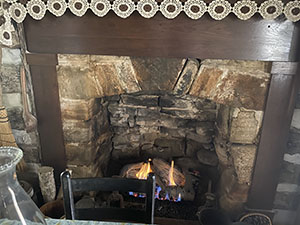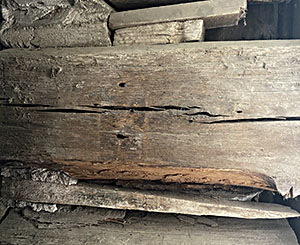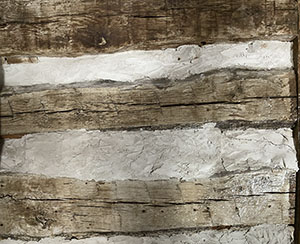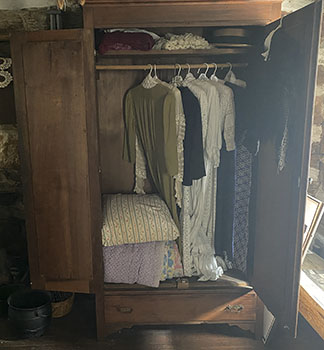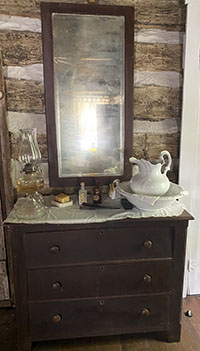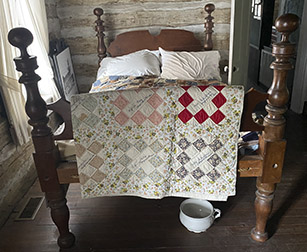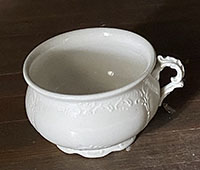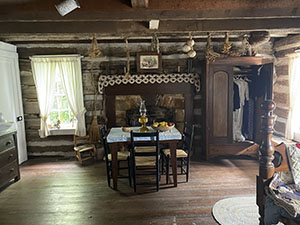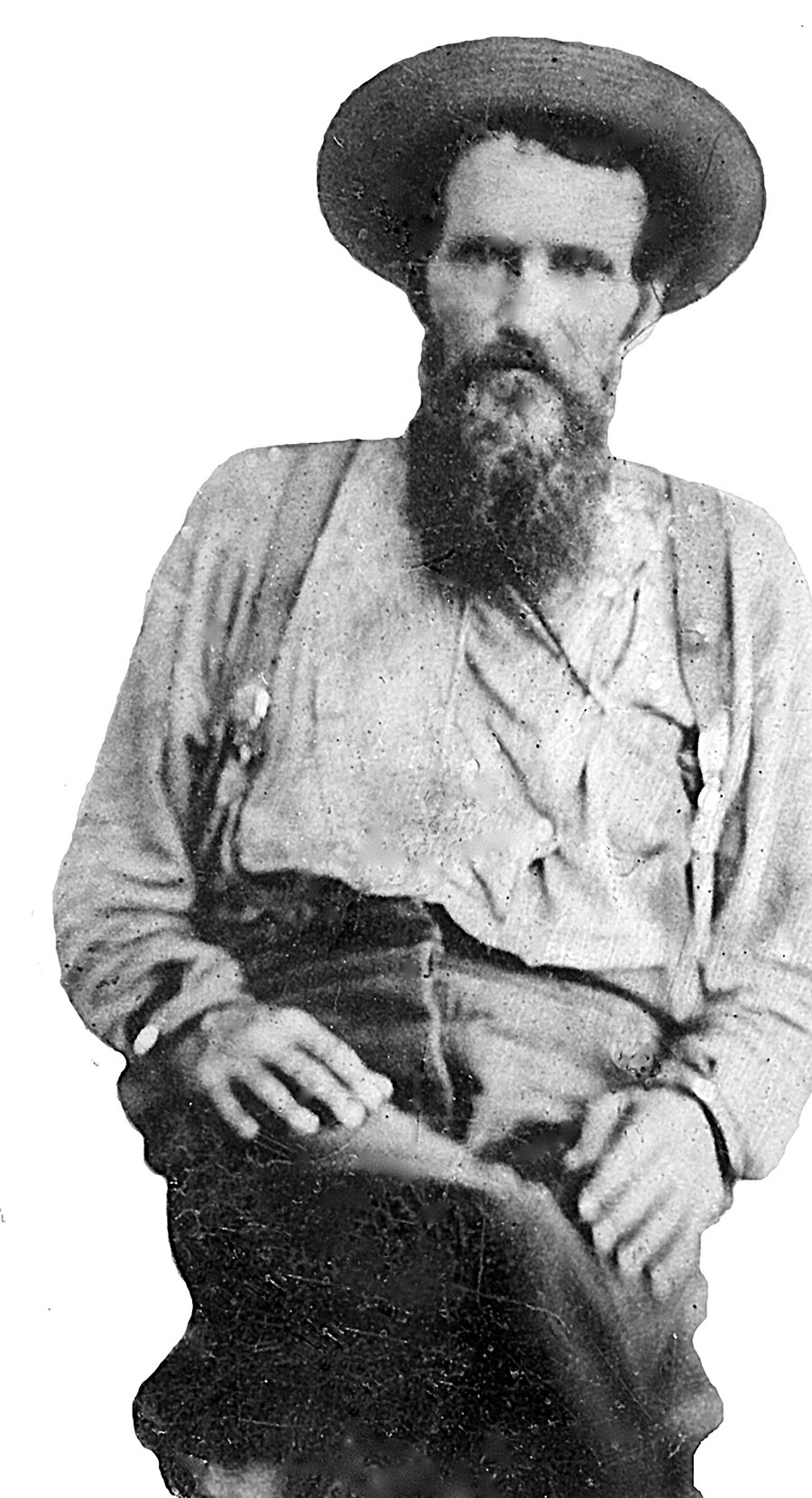
W.W. McDonald
1821-1896
William Walton McDonald came to the Ozarks in 1848 from St. Louis County after serving in the Mexican War. He followed his uncles, John and Archibald, to the valley of the Big Piney River. They were among the first in establishing the pine lumber industry three decades before on the Big Piney River, Little Piney Creek, and Roubidoux Creek. W.W., as he was known, stayed with the McCourtney clan on the Big Piney. Alexander McCourtney owned 80 acres and a mill on a spring branch, known today as Miller Spring. His brother, William Russell McCourtney, owned an adjoining 80 acres upstream. W.R. McCourtney also had three daughters, the oldest being Mary Jane. W.W. and Mary Jane were married on January 24, 1849.
The McDonalds had a daughter, Mary Permelia, but she died a the age of 13 months in 1851. In 1854, the McDonalds decided to leave McCourtney Hollow and move to Waynesville, the county seat of Pulaski County. It was the county seat almost by default, as there were no other villages in the county. It also was not much of a village, either, as there were only 14 residences and 98 people enumerated on the 1860 census. W.W. and Mary Jane were looking for new opportunities. They bought Lot 4 in Block 6 on the east side of the square in the Original Town of Waynesville.
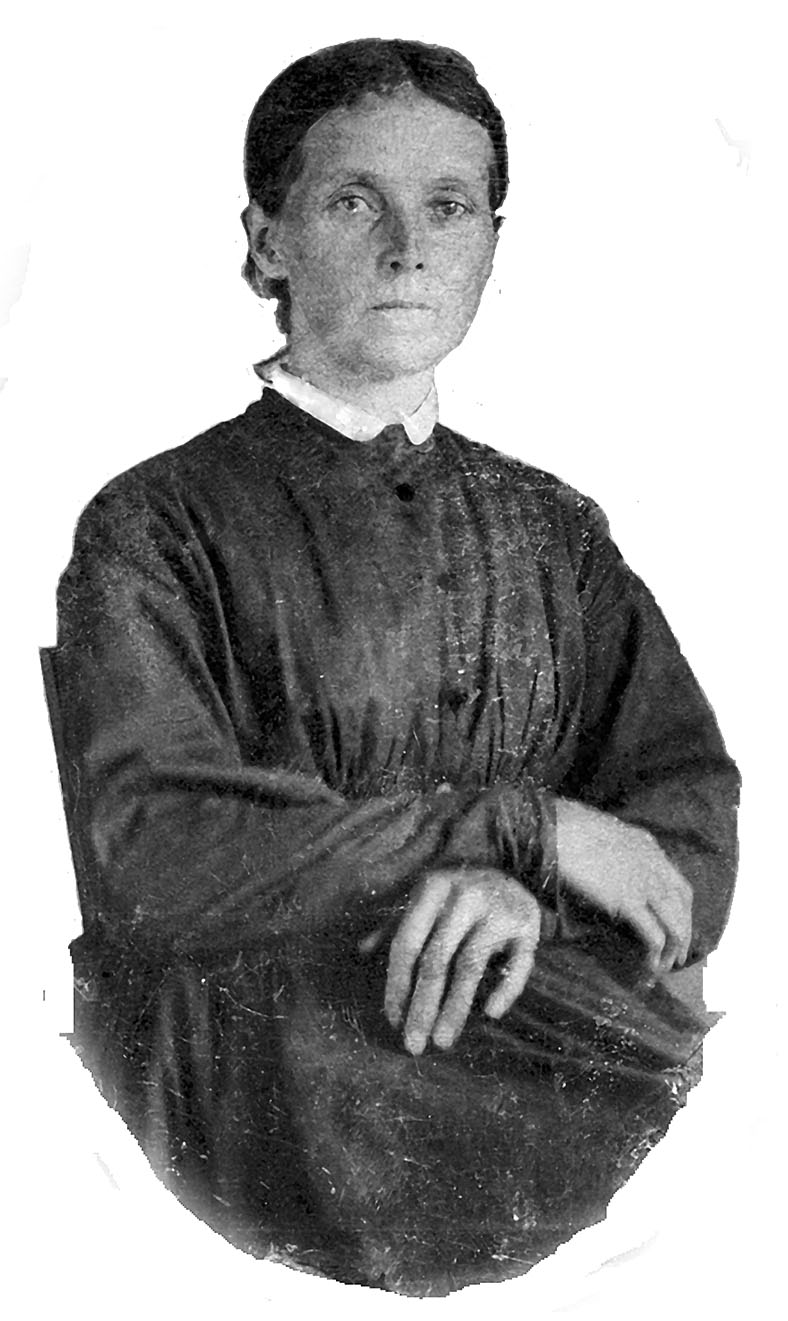
Mary Jane McCourtney McDonald
1831-1878
